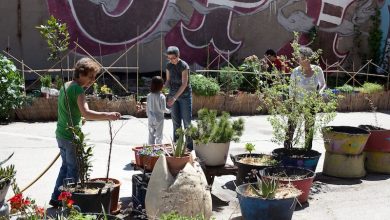Peat: [Characteristics, Utility, Obtaining and Application]
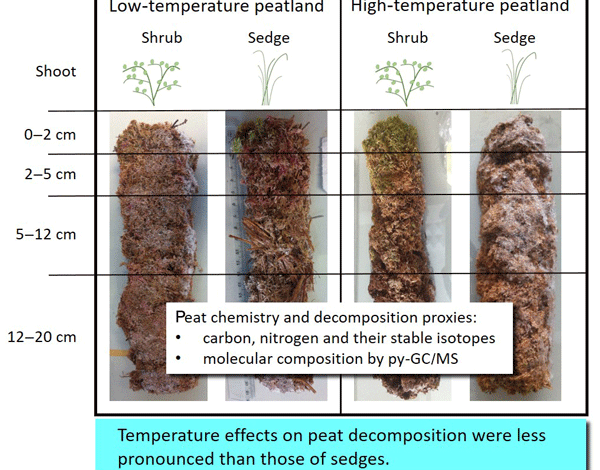
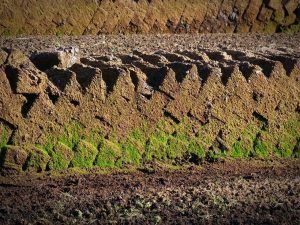 Peat is an organic type product that is usually used in the agricultural world because it has two very transcendental benefits.
Peat is an organic type product that is usually used in the agricultural world because it has two very transcendental benefits.
These are: the efficiency in water retention and the fact of having good aeration.
Both characteristics give it enough advantages for use especially in seedbeds, but also to improve the conditions of certain lands.
Do you know the mob? Have you ever used it? If not, come with us because in the following lines we will talk about it.
What is peat?
Peat consists of an organic-type material that forms naturally as a result of the decomposition of plant matter.Visually it is very similar to dark garden soil, but to the touch it is spongy and moist.
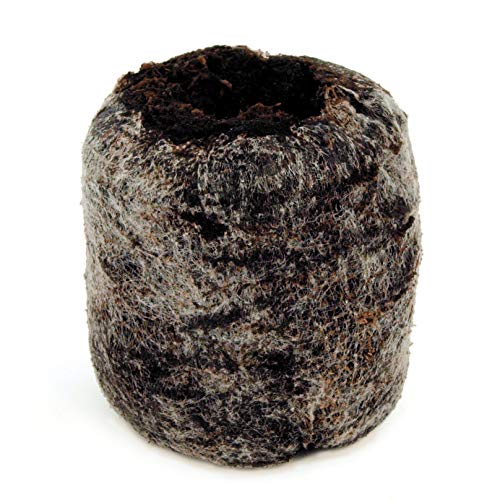
Due to its low nutritional level, it is usually used in conjunction with other compounds rich in macronutrients and micronutrients. For example, earthworm humus. In this way, a substrate is created with a series of advantages that are optimal for crops, especially with regard to home gardens.
What characteristics does peat have?
Peat has a series of characteristics that are worth learning about before starting to work with it. Here they are counted:
- It has a fluffy texture that can be easily squeezed.
- It is light around its structure.
- The color is dark brown, similar to farmland.
- It has a high carbon content.
- It makes it easier for the roots to move comfortably, so they are able to take better advantage of the soil’s moisture.
- It has a low nutritional level that is equated when working with it in the company of other compounds when used as a substrate.
What is peat used for?
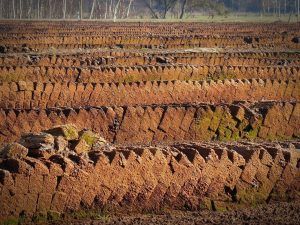 Peat is very useful in the agricultural world because it helps retain water and is also aerated.
Peat is very useful in the agricultural world because it helps retain water and is also aerated.
These are characteristics above all of blond peat, since black peat is much less aerated and contains salts.
These characteristics have made it a very useful tool to improve the conditions of certain types of terrain.
In this way, it can be incorporated in seedbeds, for pots, crops that are cultivated inside greenhouses, improvement of the garden soil, among others. In areas other than agriculture, peat is used to:
- be used as fuel.
- Used within the industrial world for the manufacture of dermatological products.
- Work in other industries, such as whiskey production.
How do you get peat?
Peat production takes place naturally in environments where a high concentration of plant matter and humidity coexist. These humid areas have a high acidity, which makes it easier for the plant matter to be partially decomposed.
It is a process in which microorganisms act and that is generated somewhat slowly, even needing years to obtain a usable amount.
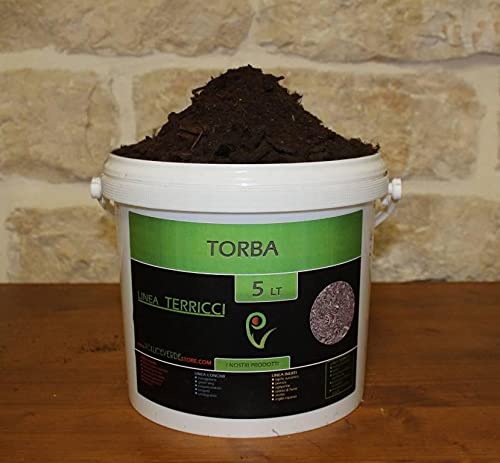
The main reason is that it takes place below the surface layer of swamps, for example, which restricts access to oxygen. Therefore, the organisms that are responsible for working on decomposition are very limited.
What plants need peat?
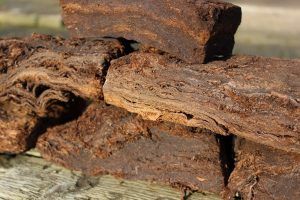 All crops can benefit from the use of peat in the garden, since it does not act directly on the improvements of these but on the ground.
All crops can benefit from the use of peat in the garden, since it does not act directly on the improvements of these but on the ground.
However, it is especially useful in those crops that need a good level of humidity to develop because it helps in this matter.
It does this in two ways, first because it facilitates moisture retention and second because it helps the roots take advantage of it.
When implementing the use of peat in your garden, take into account the demands of each type of crop and the type of peat you have. Evaluate aspects such as:
- The water retention capacity.
- The level of acidity.
- The number of air-containing pores that influences aeration.
- The proportion of salts.
- carbonate levels.
- Whether or not there are nutrients present.
- The origin and the evolution that it has had.
- The management of cation exchange.
How do you make peat for seedbeds?
Peat is one of the most favorable substrates when it comes to setting up seedbeds because the seeds need moisture to germinate.This condition, coupled with the fact that they promote efficient aeration, make it a highly usable element for this purpose.
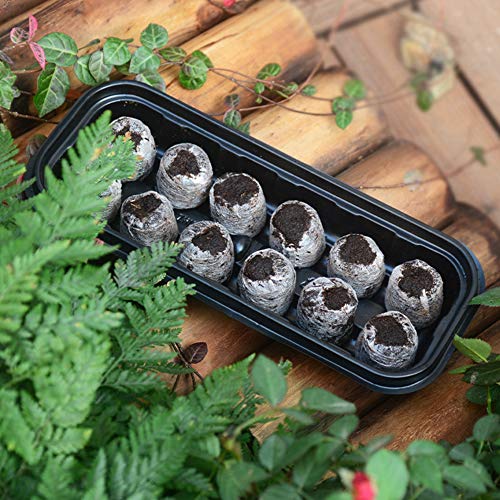
In any case, it is worth looking at some aspects that improve the ability of peat to be effective in seedbeds:
- That it has a low level of salts, which will promote a low level of electrical conductivity. In general, it is recommended that this last value be below 2 roS/m.
- The structure of the peat is better that it is little decomposed and, in turn, that it is very fine.
- The pH is preferably slightly alkaline.
- It has a good capacity to retain water.
What favors peat production?

The good production of peat is achieved with environments that have accumulated organic matter in large quantities and that, in addition, have a lot of humidity.
Here are counted the spaces that in other times were glaciers and that due to global warming have passed into a liquid state.
These environments have a low level of oxygenation, which prevents all types of microorganisms from being able to act in the decomposition process.
For this reason, peat production is usually so slow. Although very beneficial in certain scenarios, peat must be handled with care because its composition is not standard.
This is due to the fact that peats have different vegetable origins that modify their structure and internal composition.
Thus, we can find peats with a very acidic pH, while others have a rather alkaline pH. In any case, peat is a good ally for crops and you should not leave it aside when working with your home garden.
Bibliographic references
- Substrates for the cultivation of ornamental plants, JF Ballester-Olmos – 1993 – mapa.gob.es
- EFFECT OF PEAT, HUMUS AND NPK IN THE CULTIVATION OF LETTUCE (Lactuca sativa) IN CANTON MILAGRO, GPC MARIANELLA – 2020 – cia.uagraria.edu.ec
- Technical economic evaluation of four peats as substrates for tobacco crop seedbeds, H Florez Pastrana – 2015 – repository.unad.edu.co
- Study of the moisture regime of three types of peat in the propagation stage of basil (Ocimum basilicum L.), AM Martínez, J Torres, A Campos – Colombian Agronomy, 2005 – scielo.org.co
- Economic analysis of organic medium as an alternative to commercial mixtures using peat for the production of ornamental plants in pots, BJA Davila – 2006 – search.proquest.com

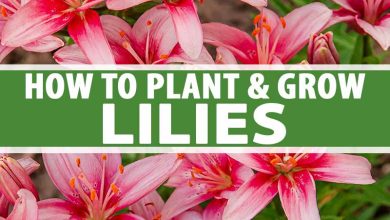
![Photo of Pests and Diseases of Weeping Willow: [Detection, Causes and Solutions]](https://www.complete-gardening.com/wp-content/uploads/2021/06/sauce_lloron_1603640600-390x220.jpg)
![Photo of American Oak: [Growing, Care, Pests and Diseases]](https://www.complete-gardening.com/wp-content/uploads/2022/08/american-oak-growing-care-pests-and-diseases-390x220.jpg)
